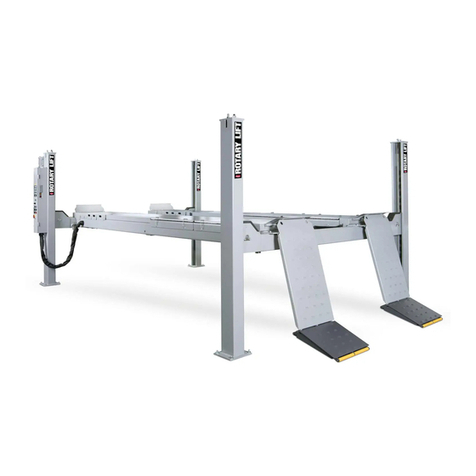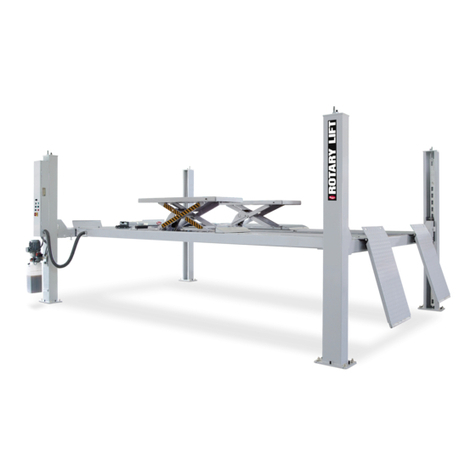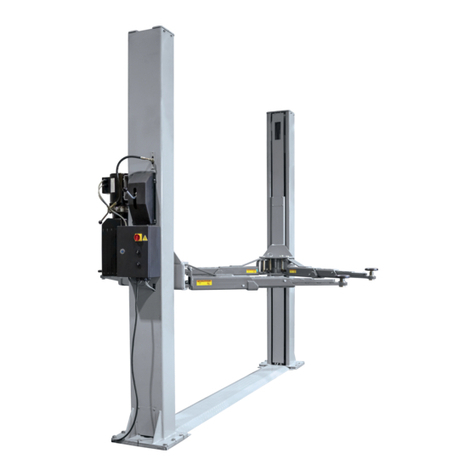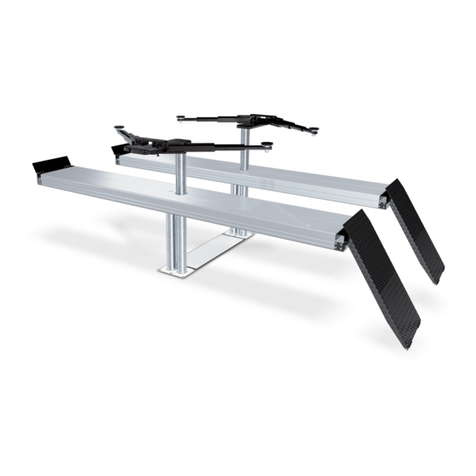Rotary SM122-100 Series User manual
Other Rotary Lifting System manuals
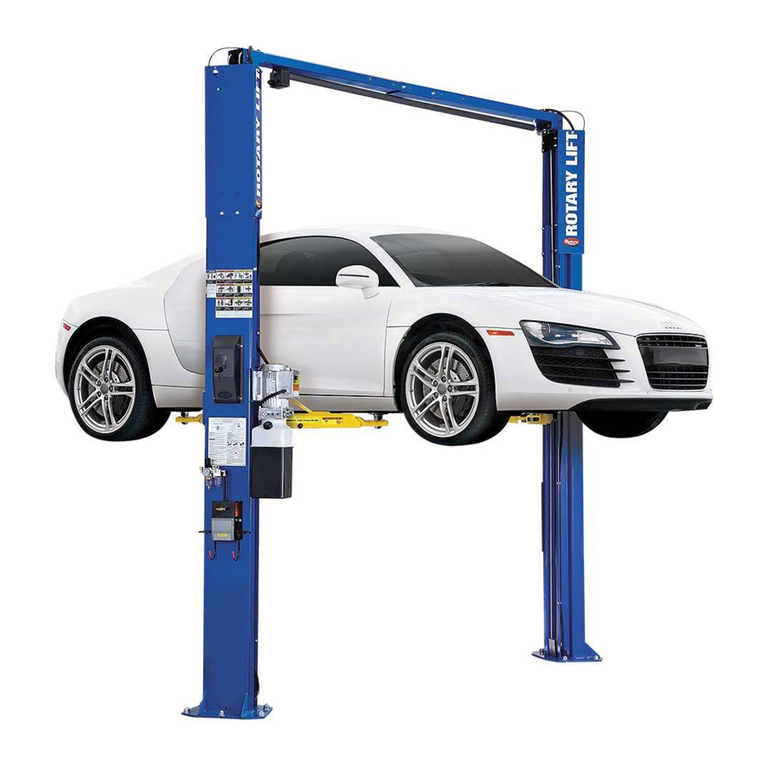
Rotary
Rotary SPOA7 Series User manual
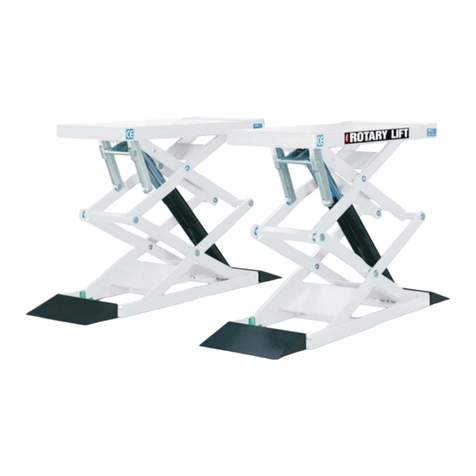
Rotary
Rotary GLP 35 User manual
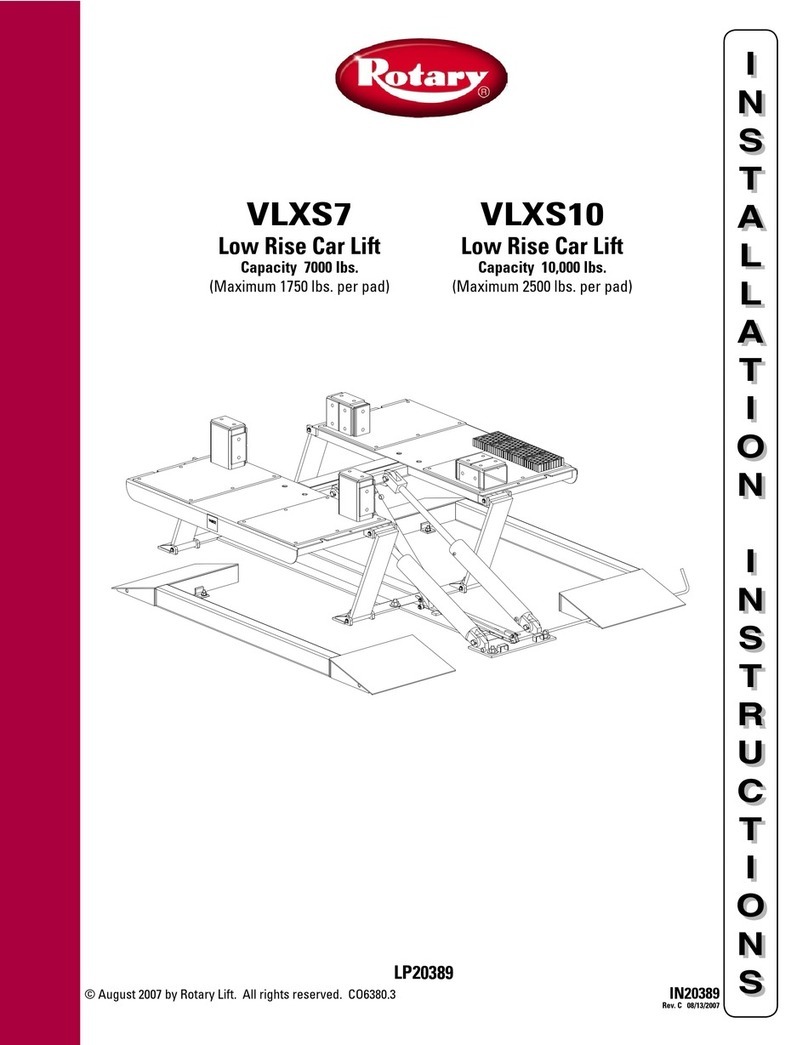
Rotary
Rotary VLXS7 User manual
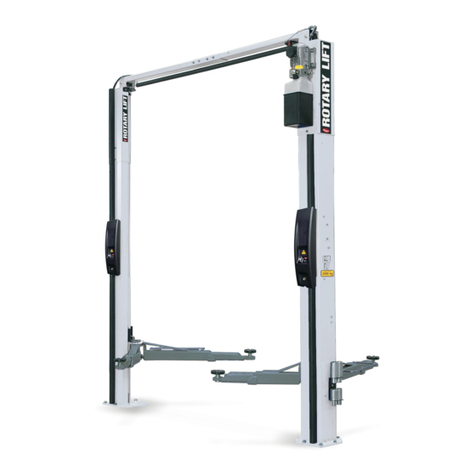
Rotary
Rotary SPOA3TE 600 Series User manual
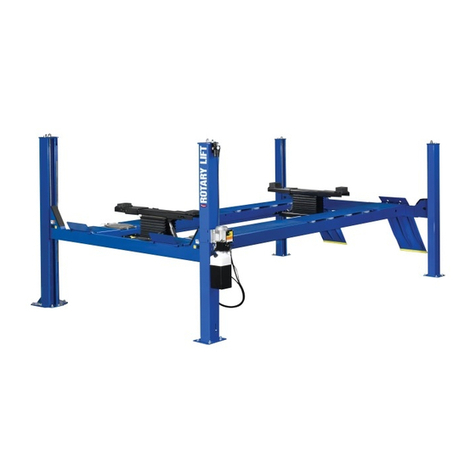
Rotary
Rotary 100 Series User manual
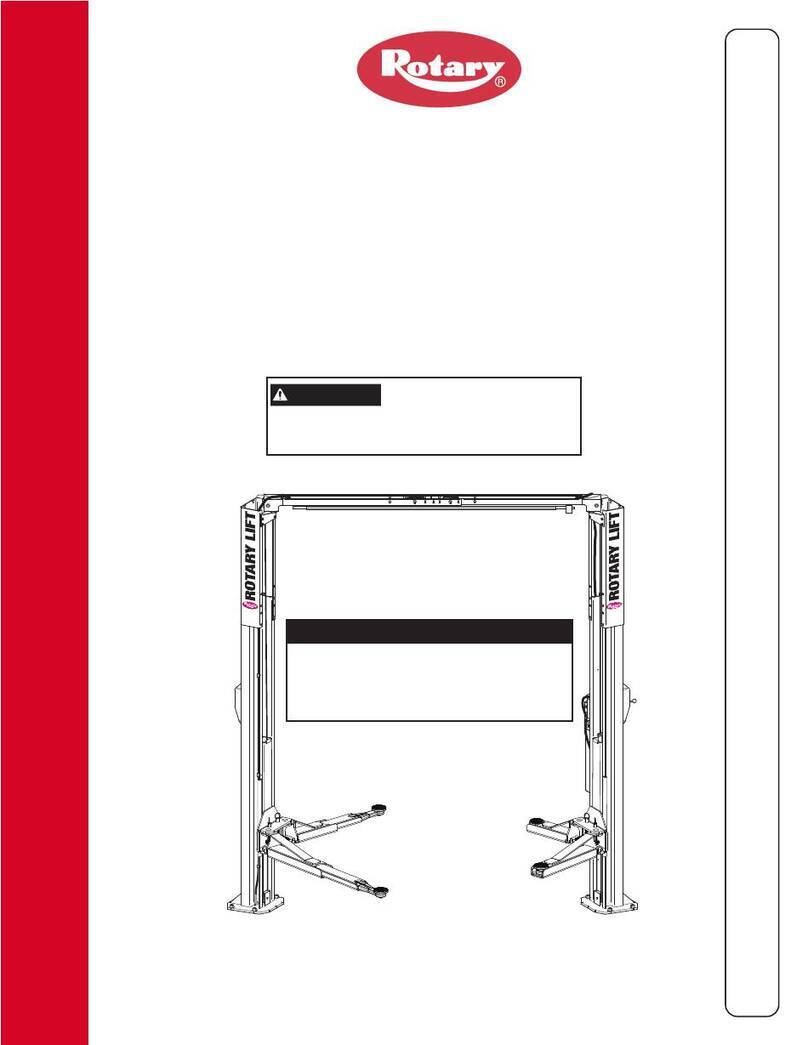
Rotary
Rotary 2000 Series User manual
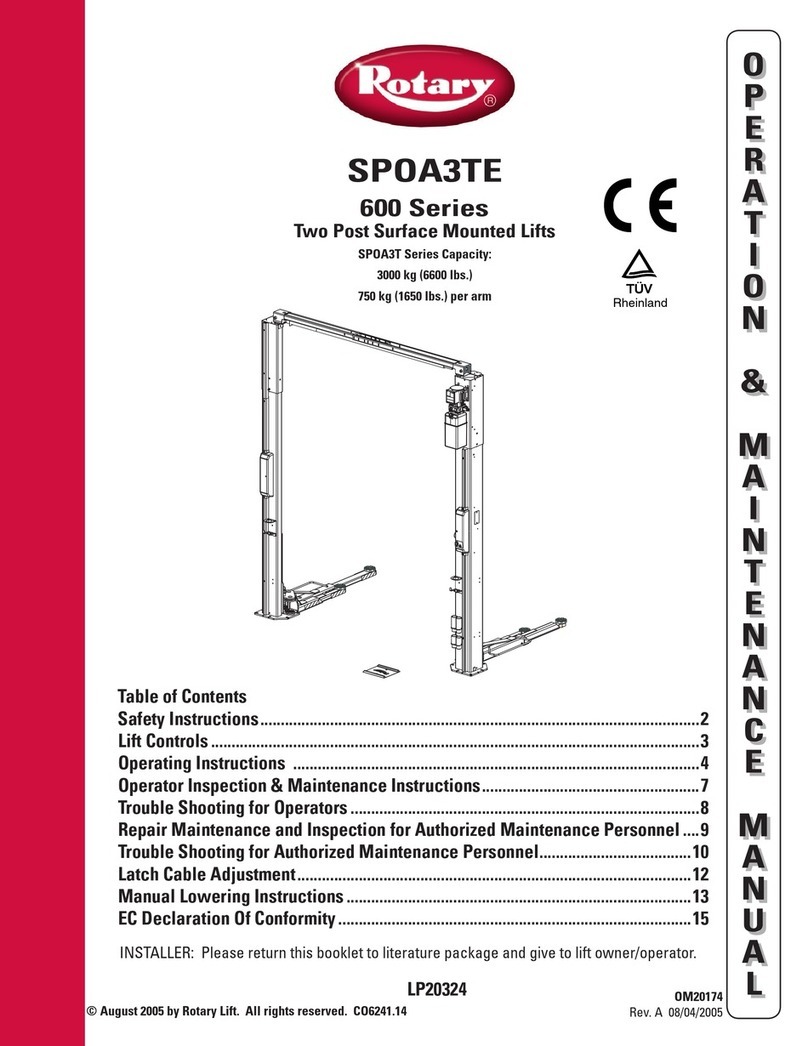
Rotary
Rotary 600 Series Manual
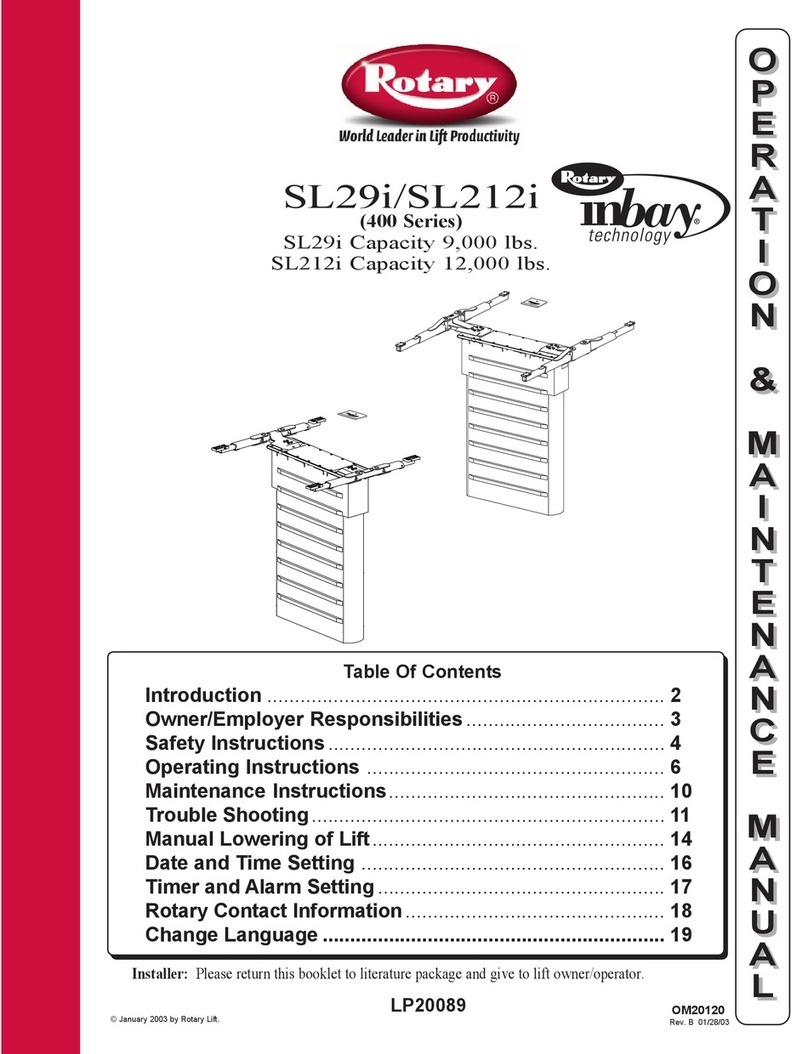
Rotary
Rotary SL212i 400 Series Manual
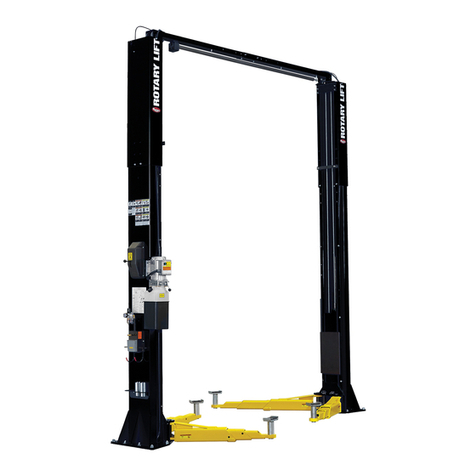
Rotary
Rotary SPO12 Standard 500 Series Manual
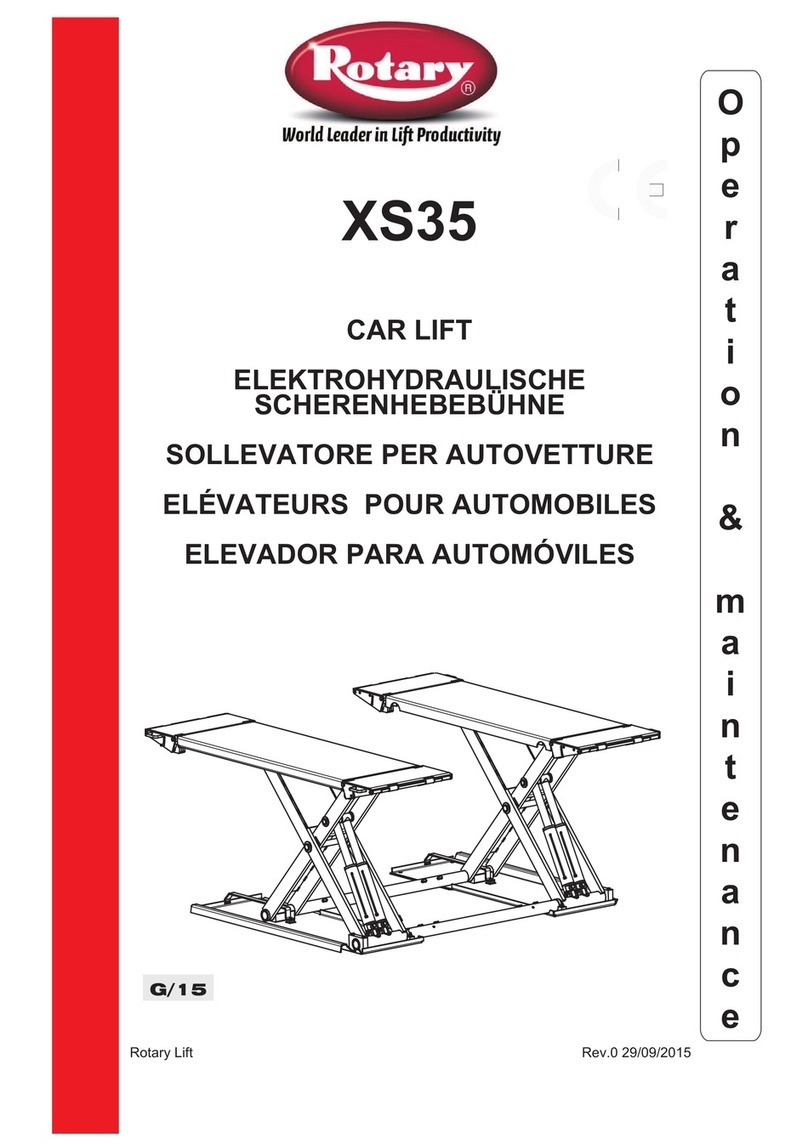
Rotary
Rotary XS35 Troubleshooting guide
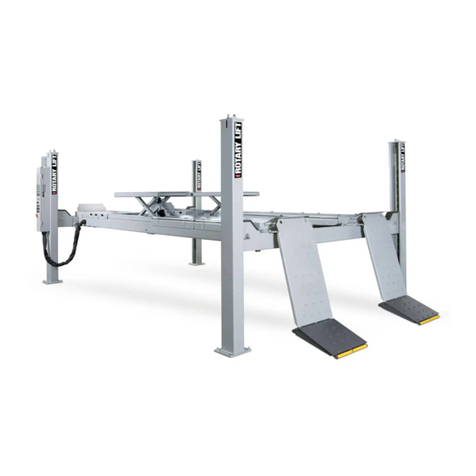
Rotary
Rotary SM65-51 User manual
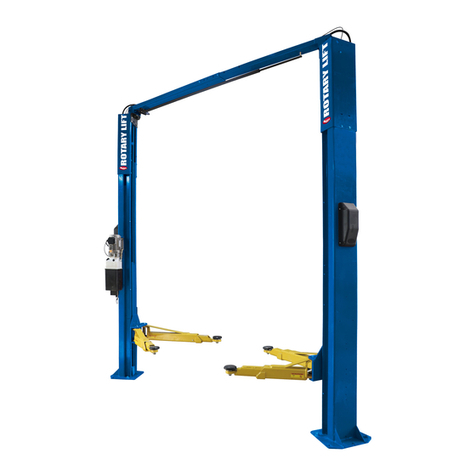
Rotary
Rotary SPOA10NB Series User manual
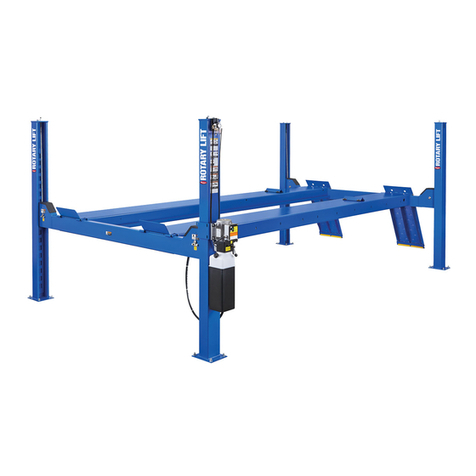
Rotary
Rotary AR14 User manual
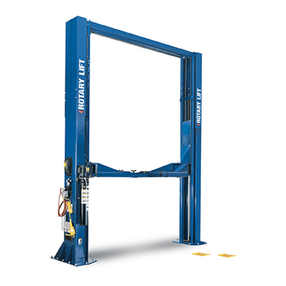
Rotary
Rotary Sprinter SPO15 User manual
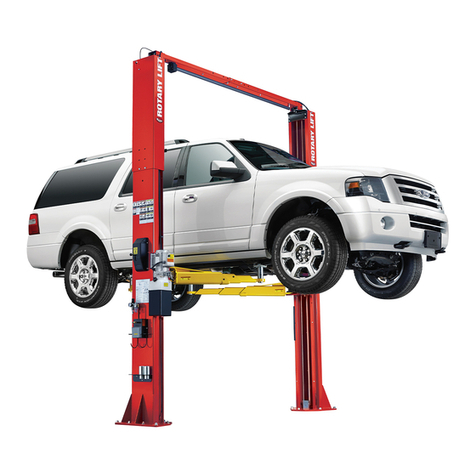
Rotary
Rotary SPO12 Standard User manual
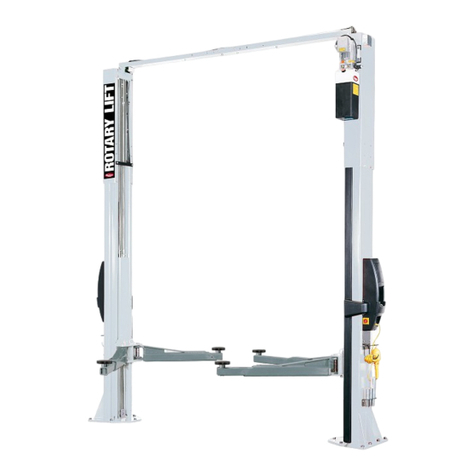
Rotary
Rotary SPO55E Manual
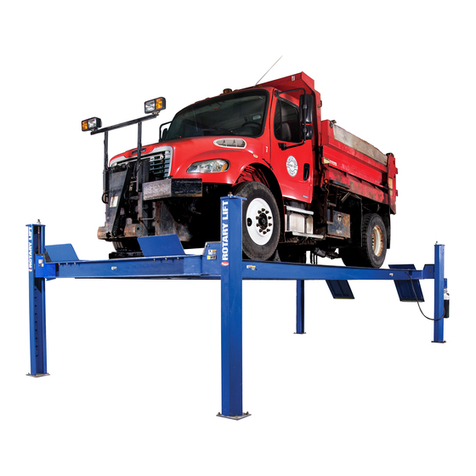
Rotary
Rotary SM30 User manual
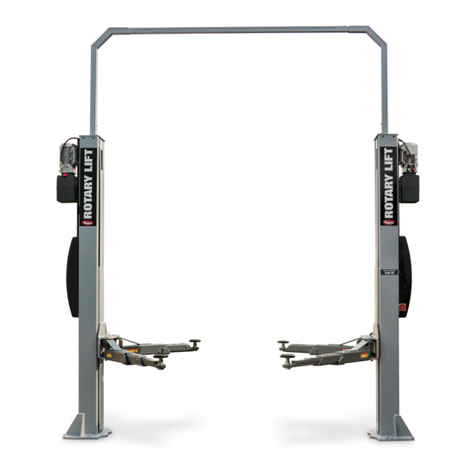
Rotary
Rotary SPOA3LX Manual

Rotary
Rotary 1000 SERIES Manual
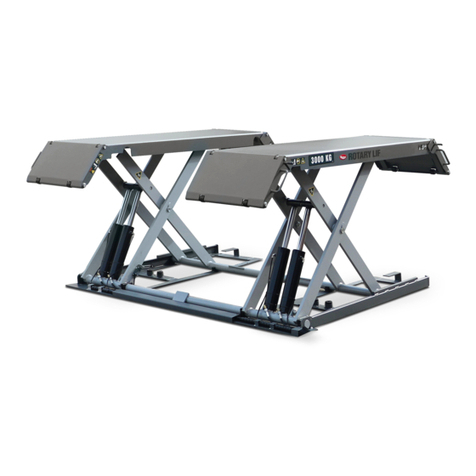
Rotary
Rotary XS30 User manual
Popular Lifting System manuals by other brands

probst
probst SDH-H-15 operating instructions

Bruno
Bruno OUTDOOR ELITE CRE-2110E Operator's manual

matev
matev FPS Mounting Assembly Installation Guide

Vestil
Vestil CYL-HLT Series instruction manual

Butts Tools
Butts Tools BXS0002 operating instructions

Safelift
Safelift MoveAround MA60 Original instructions

R. Beck Maschinenbau
R. Beck Maschinenbau HS 600 operating manual

Nova Technology International, LLC
Nova Technology International, LLC NAS Series quick start guide

Genie
Genie Z-60/34 Operator's manual

Screen Technics
Screen Technics INTERFIT Vertical Up Lift instructions

Drive
Drive DUPONT SAMERY Hermes user manual

Custom Equipment
Custom Equipment Hy-Brid 3 Series MAINTENANCE & TROUBLESHOOTING MANUAL
